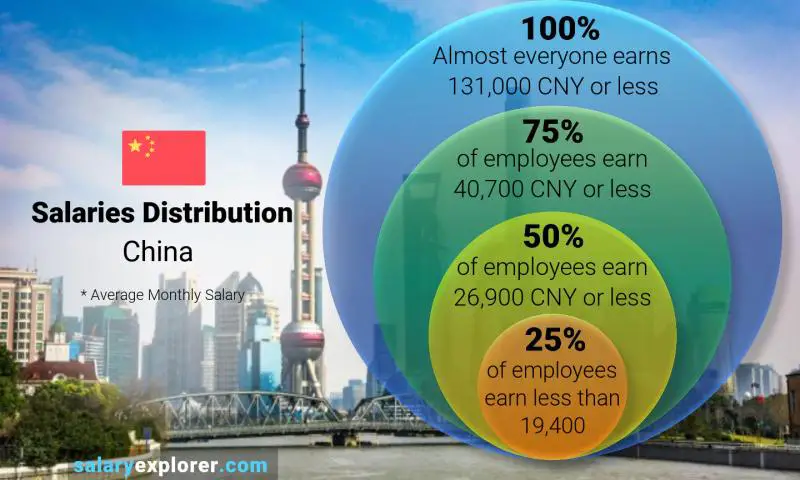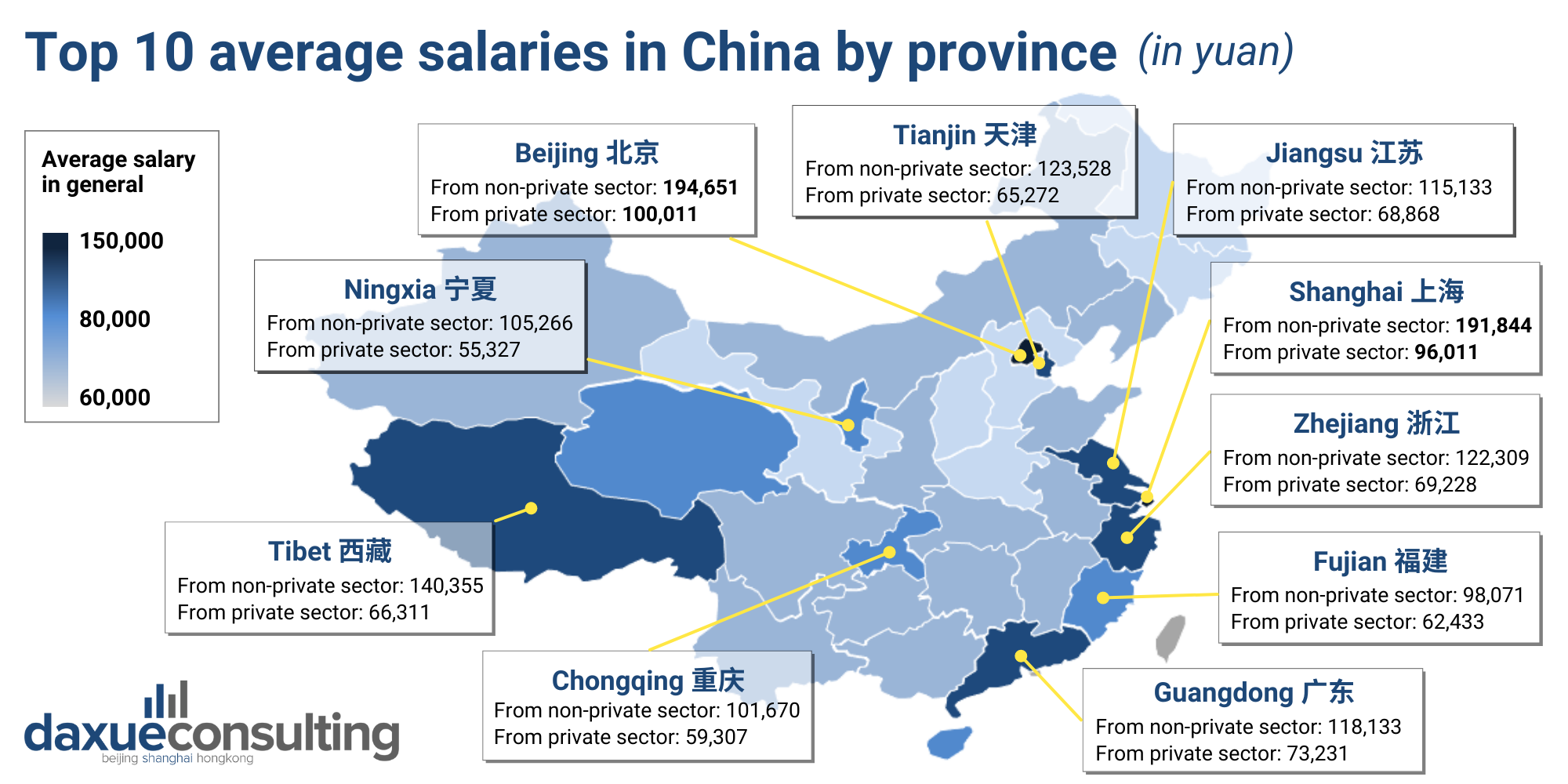Adjusting Expectations
It really depends on where you live and what comfort means to you. As the input notes, China has uneven development and living costs vary greatly between cities. Someone earning the average salary of 4000 RMB could live very differently in Beijing versus a smaller city. Cost of living expenses housing prices may seem high in tier 1 cities like Beijing and Shanghai but lower elsewhere.

Shenzhen as an Example City
Let’s look closer at costs in Shenzhen, one of China’s most expensive cities. As outlined, renting a basic unfurnished apartment in poorer condition could cost 2000-2500 RMB. Adding utilities bills like electricity, water and phone brings minimum living costs to 3000-3500 RMB. This leaves 1500-2000 RMB for other expenses on a 4000 RMB salary.
Budgeting for Daily Needs
The input helpfully breaks down remaining funds. 50-80 RMB per day, or 1500-2400 RMB per month, could adequately cover home-cooked meals. Another 500 RMB may cover occasional eating out or clothing. This leaves 600-2500 RMB per month for emergencies or savings. However, major purchases electronics appliances would require waiting to accumulate funds or using credit. An iPhone would be an unaffordable luxury.
Living Within One’s Means
Managing expectations and living frugally is key. While not very comfortable, the input suggests 4000 RMB could just support basic living in Shenzhen’s high costs if budgeted properly. However, raising a family, owning a car, or other expensive commitments would not be feasible long-term on average earnings alone.
Seeking Lower Cost Areas
For a more comfortable standard of living, targeting tier 2 or 3 Chinese cities could dramatically improve affordability. Rent and most item prices tend to be lower outside top-tier metropolitan hubs. With careful budgeting, 4000 RMB might cover some luxuries unattainable in cities like Shenzhen or Shanghai.
Maintaining Perspective
It’s important not to judge all of China based on its most expensive eastern cities. Living costs vary immensely depending on location. While income inequality exists, average earners can still live well in many Chinese regions through frugal choices and adjusting expectations from expensive coastal hubs. With patience and planning, comfort remains achievable on a mid-level salary outside of top-tier cities.
Improving One’s Earnings Long-Term
For those aiming to eventually raise families or achieve bigger life goals, focusing career development offers a viable long-term strategy. Enrolling in continuing education, acquiring new skills, or advancing to higher-paying roles over time can help improve one’s earning power above the national average. Supplementing income through work incentives, investments or side businesses also expands what’s possible financially down the road.
Summarizing Key Takeaways
In summary, the input highlights that living expenses in China are contextual and require realistic budgeting. While Shenzhen exemplifies high costs, more balanced living remains attainable on average salaries outside expensive first-tier hubs. Achieving comfort involves adjusting location choices, frugal habits and long-term career development. With patience and planning, Chinese individuals and families can create stable lives matched to their incomes across the country.

 Almaty: A Fascinating City in Kazakhstan
Almaty: A Fascinating City in Kazakhstan